18. Victoire Thivisol in “Ponette” (1996)
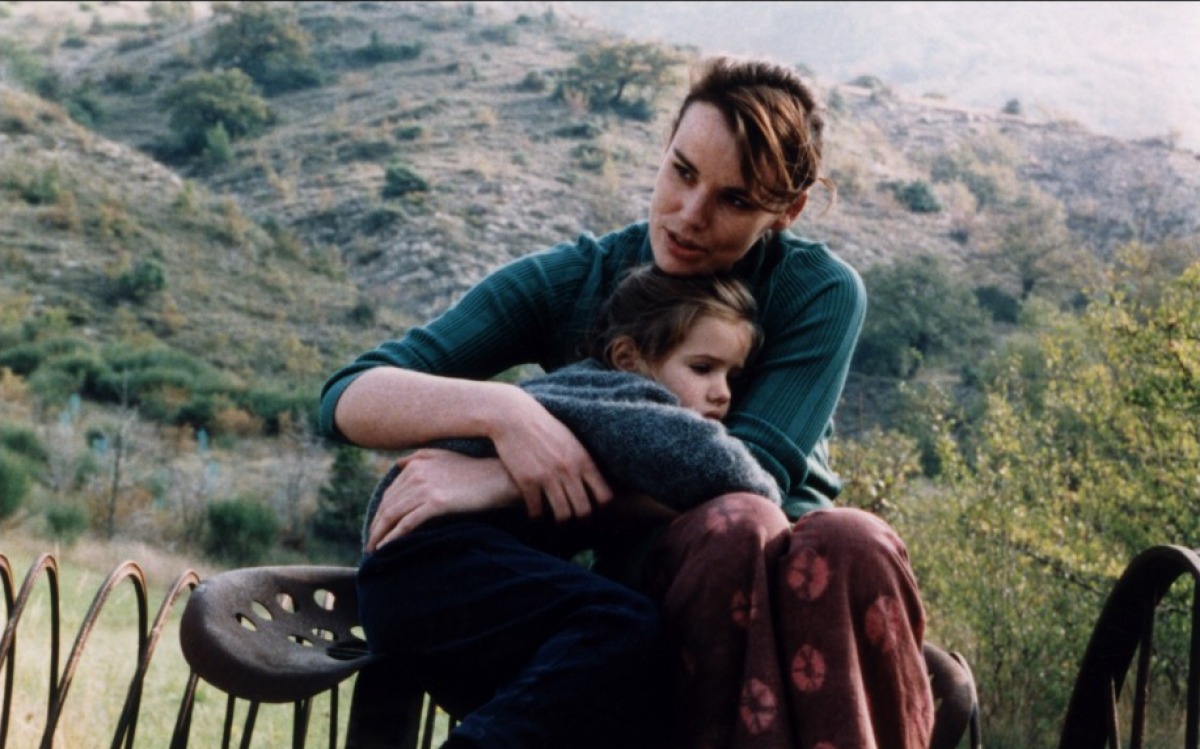
Perhaps the saddest film since Forbidden Games, Ponette intimately follows a little girl dealing with the sudden death of her mother. There is a thematic thorough-line about the conduct made of grief. Ponette’s father is absent because he’s coping in his own reticent way—which unfortunately doesn’t involve assisting his little daughter to better understand her tragic situation.
The film is essentially trying to explore how an unassuming child would overcome grief without adult guidance. Even adults have trouble navigating bereavement; so we watch, emotionally gutted, as Ponette wanders and wonders what she could possibly do to once again see her mother.
Thivisol’s performance is touched with soft sensitivity and coy confusion—she indelibly creates a portrait of ethereal grief. She calls out for her mother to the open air, full of maternal longing and uncertainty. We follow her journey all along the way until the film’s too-good-to-be-true conclusion.
19. Jacob Kogan in “Joshua” (2007)
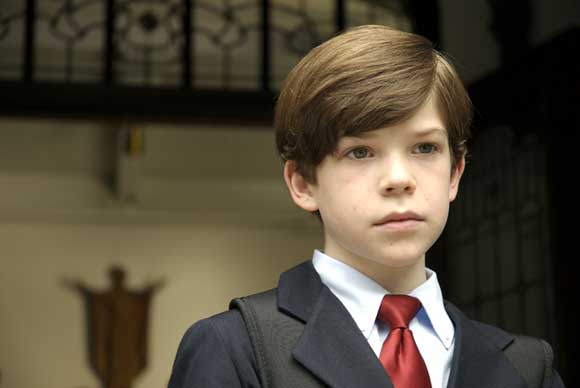
This underrated film is a slow burn. It’s a monster making-of. As the script stretches plausibility, it remains grounded because of Kogan’s central performance. He’s so eerily smart and tinted with malice that we feel he’s capable of anything.
Instead of being another rigmarole of The Bad Seed or The Omen, this film creates an original child character, convincingly, that we truly fear. Kogan’s every subtle gesture and glance sublimates his inner dimension of darkness.
20. Lina Leandersson in “Let the Right One In” (2008)
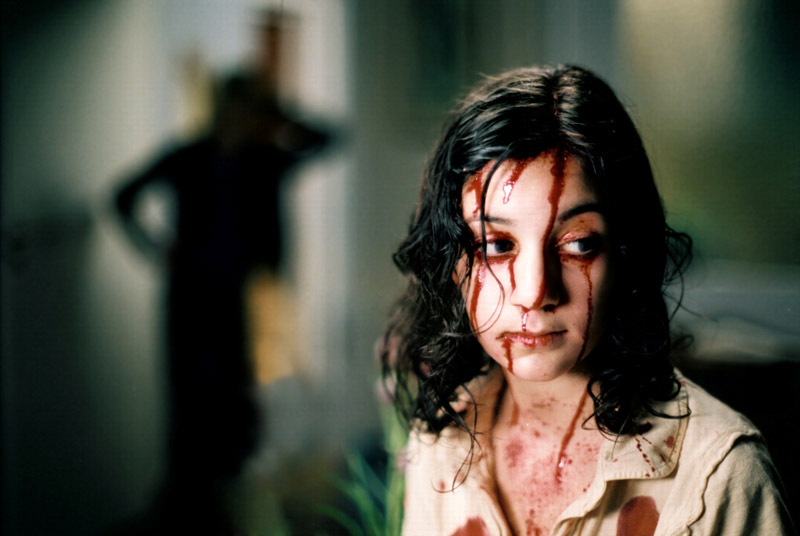
Here’s a gentle love story that happens to have a lot of blood and a lot of bite. In a snowy Swedish town, Oskar gets bullied but finds a heroic friend in his new next-door neighbor. The neighbor is twelve-year-old Eli (Lina Leandersson). She’s the same age as Oskar, except she’s been twelve for hundreds of years.
As a vampire, Eli has a sickly, haunting appearance. Leandersson is given the task to humanize this character that fiends for blood but genuinely cares for Oskar. She looks at him with kind, protective eyes. But she also harbors her secret.
Tomas Alfredson, the director, often frames the two leads in close-up. Leandersson gives Eli such composure and wisdom that when we see her in a medium shot or long shot, it’s surprising to see the actress’ small stature. She gives the role what it needs: a dimension of aged sorrow under those kind eyes.
21. Isabelle Fuhrman in “Orphan” (2009)
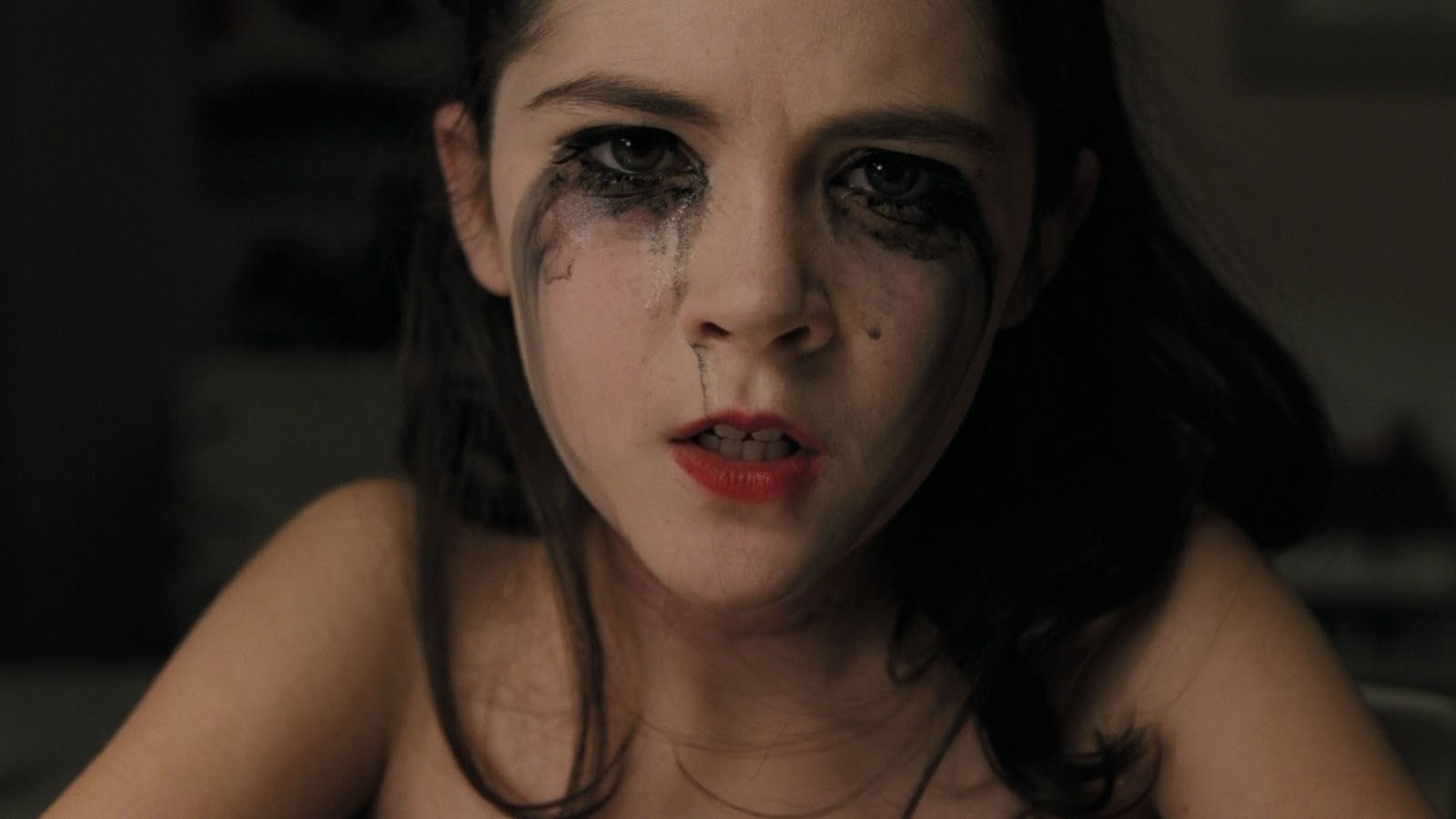
Fuhrman is asked to do a lot in this film. A lot. On top of a thick accent, she has to play a dual role: Esther, the sweet foreigner who gets adopted by a loving family, and the real Esther, a substantially older “woman” who’s sexually charged and murderously deceptive.
There’s a scene when she puts on makeup and makes the moves on the father figure, played by Peter Sarsgaard. It’s a perverse scene. But Fuhrman, with great nuance, unpacks all of the sadness of her long-suffering character. The film is overly long and sometimes awkwardly handled, but a worthy watch for Isabelle Fuhrman’s complex performance.
22. Bailee Madison in “Don’t Be Afraid of the Dark” (2010)
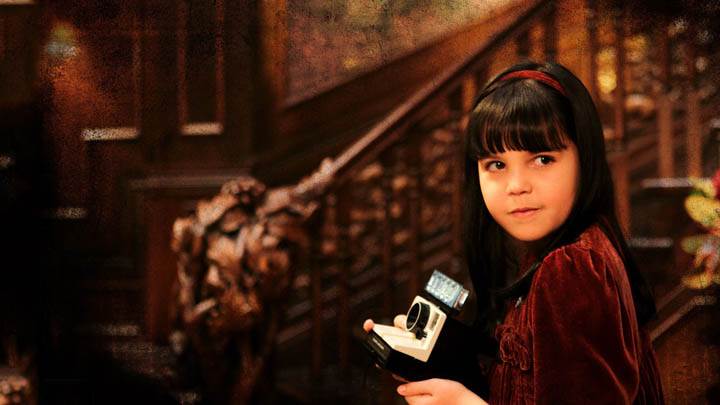
Sometimes the scariest thing about childhood is not being taken seriously. Bailee Madison plays Sally, a little girl who’s just moved into her father’s Victorian mansion and is haunted by sinister critters that lurk in the shadows. The mansion is being renovated and her father, Guy Pearce, is awfully busy—too busy to believe her cries for help.
Madison is a young powerhouse. She has a standout scene in Brothers (2009) as Tobey Maguire’s daughter. Here, she hangs her head and quivers her lips, as lonely and haunted as a child should never be. The film works exceptionally because of her captivating performance.
Guillermo Del Toro wrote and produced the film. He has a knack for capturing kids in peril (even if he didn’t direct this one, it has his trademarks). One will find similarities between this and Pan’s Labyrinth (2006), which also features a young girl in a new, scary environment.
23. Mira Grosin in “We Are The Best!” (2013)
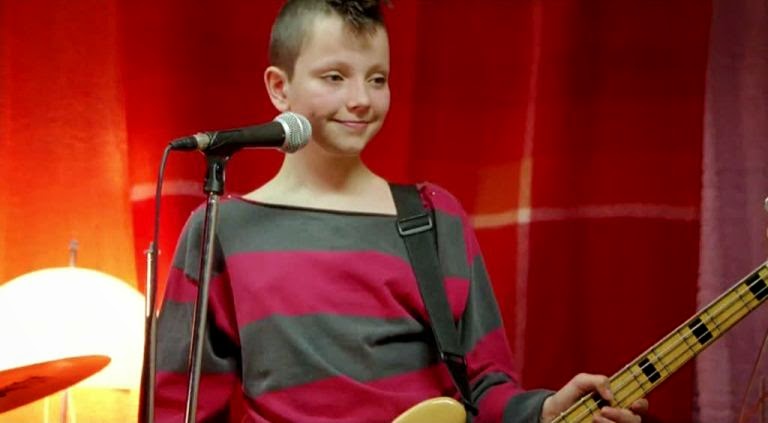
There is a loose and buoyant style implemented in We Are The Best! Lukas Moodysson frames these iconoclastic youths with as much comic spirit as their characters echo. Mira Grosin and Mira Barkhammar play two girls in Sweden who decide to start a punk rock band, except they have no idea how to play music.
It’s an important view of childhood in that their intentions to rebel are never thwarted by a seriousness of purpose. They go to school, talk to adults, and play music, all with an abundant supply of mirth.
Moodysson keeps the focus on the two girls and their punk rock expedition, without having to lean on the peripheral adult characters. At times, it feels like we’re watching a documentary of two friends having a good time. Contrary to the feel of this film, the director also made Lilya 4-Ever (2002) about the brutal outcome of a poor teenage girl who decides to make a better life for herself.
24. Abraham Attah in “Beasts of No Nation” (2015)
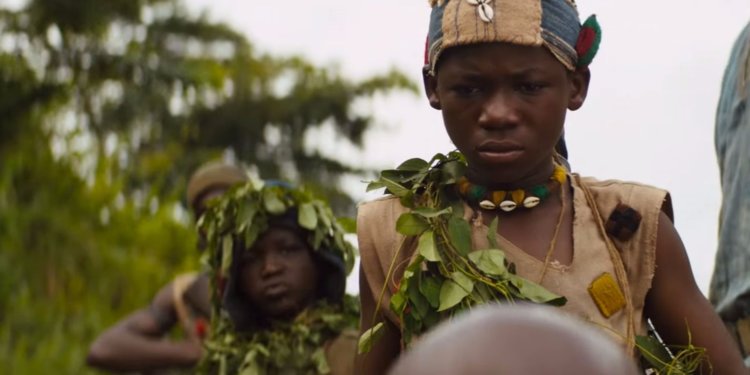
In an anonymous African country, a civil war divides its people. Flung into the middle of it all is little Agu. The director, Cary Fukunaga, shows the pure joy of childhood in the beginning, with Agu running around with his buddies. Suddenly, he’s left without a family or home, and falls into a group of child soldiers. This is an important film, albeit brutal. It’s anchored by Attah’s sensitive and layered performance.
Agu’s diligence makes him a favored child soldier by the commander, played by Idris Elba. The brigade serves as his surrogate “family.” But what Agu doesn’t realize is that this brigade is savage and determined to conduct ruin. Abraham Attah, an actor plucked from the roads of Ghana, makes you believe his character won’t fully succumb to the savagery, that he has the courage to make it out and experience childhood joy once again.
25. Jacob Tremblay in “Room” (2015)
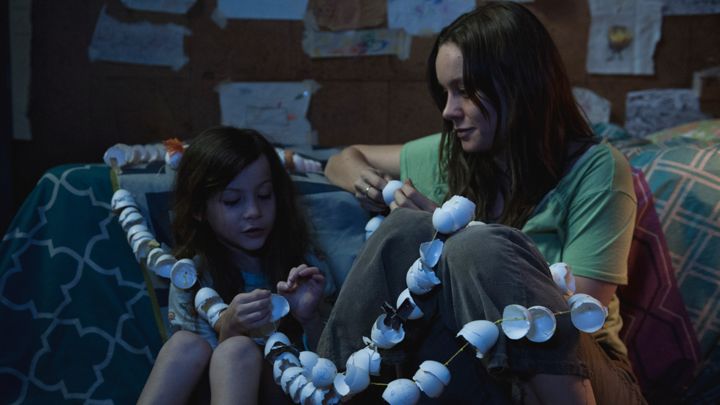
Five-year-old Jack has spent his whole life in a dismal little room with his mother. The film is told exclusively from his perspective as he escapes the room and discovers the world for the first time. The story of his mother, Brie Larson, unfolds peripherally—she’s suffered and feels antagonized by the world she used to know.
It’s Tremblay’s performance that keeps the film from being didactic and mushy. He’s as sprightly and gullible as any kid, but is forced to be intelligent and overcome the daunting world. At first, he cowers and talks in hushed rhythms, as if the world is literally crushing him with its size. The character emerges with less hectic energy. Instead, there’s warmth and simplicity, because he knows that’s exactly what his mother needs from him to be able to overcome her adversity.
Author Bio: Matthew Lagalante is a recent graduate, based in New York. He’s a freelance writer/filmmaker. Follow him on Twitter: @Cinemaquanon.